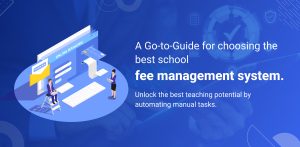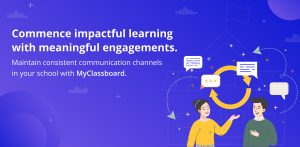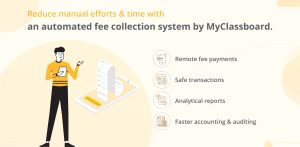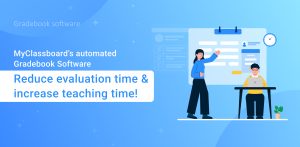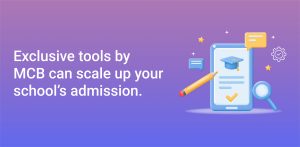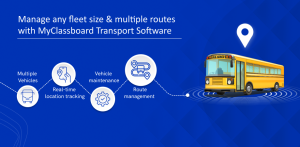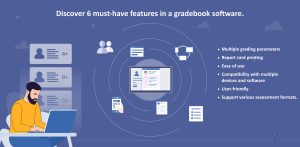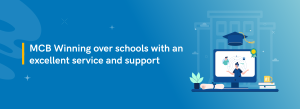What is Educational Software?
Education software is a vast, all-inclusive term used to refer to any software aimed for use in the education industry. The term encompasses everything from student information management systems (SIMS) and classroom management software (CMS) to reference management software, etc.
All of it, however, is used to make certain aspects of the education industry more beneficial or more productive. Schools have a reputation of being one of the last sectors to adopt technology, but as the digital transformation has led to the reestablishment and rearrangement of industries in every sector, they too have begun to adopt the mandate. Some sort of education software is used by almost every educational institution and will become predominant as the number of solutions and the horizon of the potential of those solutions widen.
The purview of tools in the education industry is extensive, particularly with the stream of AI software and the private sector’s recognition of the staggering potential attached to expanding education-specific software.
Why Use Educational Software?
Education software is highly advantageous for teachers, administrators, students, and parents alike. From improved visibility and content administration to analytics and better communication channels are few of the many benefits provided by the solutions in these categories to the users. Numerous benefits that accompany the implementation of educational software are:
1. Smarter Content Educational software has the potential to revolutionise how content is produced and presented to students. Digital content integrated with AI capabilities can provide material that adapts to students’ knowledge levels. This “smart” content can be easily changed, distributed, and reused by generations of students to come. It contains the added benefit of teacher supervision and often includes built-in assessments that teachers can use to test and track student results and performance respectively.
2. Enhanced Communication
Lucid home-school communication is paramount of the learning process. A strong level of respect and trust is vital to properly educate students. Education software and apps help develop strong bonds amongst the community through web portals, mobile apps, and other interactive aspects. Parents and students have tools that encourage easy communication between themselves, teachers, and administrators.
Efficient and effective communication streamlines a clearer understanding between multiple parties that may otherwise be confined. Students can ask teachers questions to clear up doubts regarding course content and grading methods, and parents can have a clear window into their child’s school performance.
3. Consolidation of Data and Information Several types of educational software are developed to record related information in a streamlined repository. Consolidating all related data on a single platform enables for smarter oversight and extraction of accurate insights from that stored data. Administrators and educators can utilise those insights to guide both teaching plans at a lower level and administrative policies at a higher level.
4. Increased Efficacy and Efficiency
The objective of any institution is to become more efficient and effective, and education software helps educational institutions achieve these core objectives. Teachers can utilise resources such as classroom management software to limit distractions and increase productivity in academics. Administrators can utilise the insights provided by information systems to frame policies and administrative decisions. Education software saves the staff (teaching and non-teaching) a ton of time on administrative tasks, like grading, and gives them scope to fetch more innovative ways to refine their respective outputs.
Who Uses Education Software?
The education software users community includes teachers, school administrators, students, and parents. Each group taps education software individually to refine their educational experience, minimise inefficiencies, and facilitate effective communication. The majority of education software is designed for administrators and teachers to share lessons, keep parents updated, manage classrooms, and student-related data. Students use solutions in a few categories to consume curated/uploaded content and lesson plans, take exams and study. Parents leverage the connection to both administrators and teachers that these solutions provide them, to ensure that their child is getting adequate help and to stay well-informed about their academic and non-academic performance.





